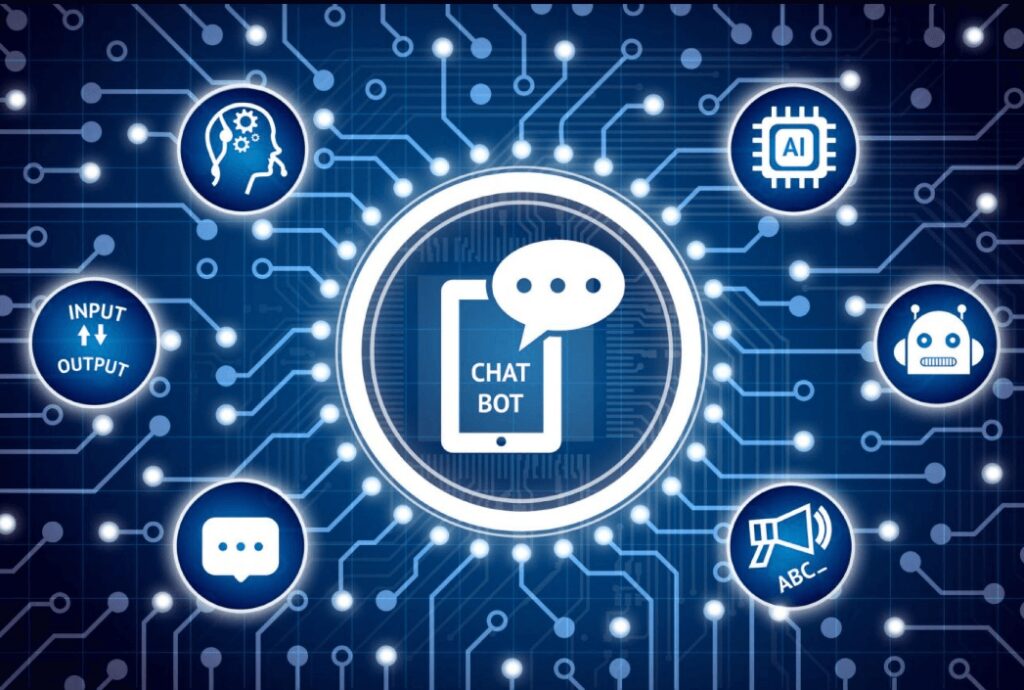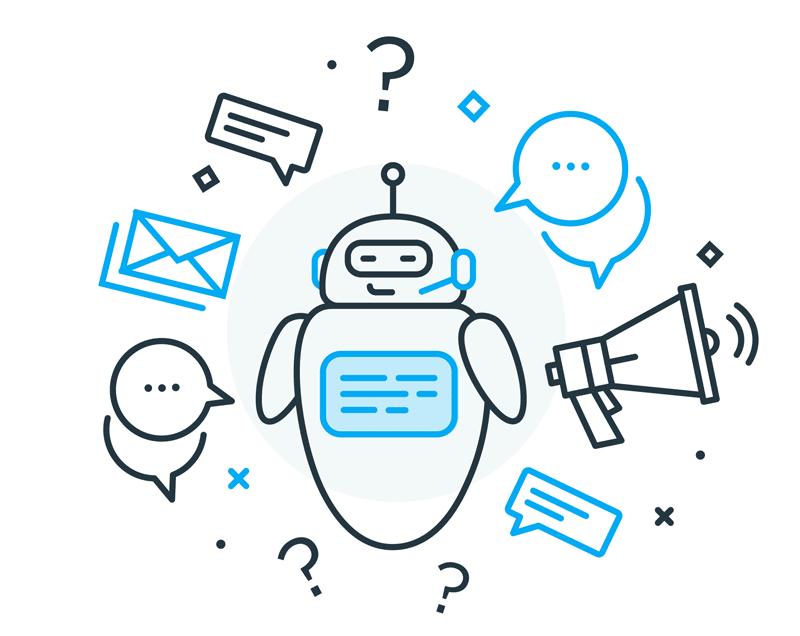Large language models are revolutionizing how chatbots understand and generate human-like dialogue, marking a significant leap in artificial intelligence interactions. These models, equipped with vast amounts of data and sophisticated neural network algorithms, are unraveling the complexities of human communication.
They do so by learning patterns and nuances of language that enable them to respond in ways previously unattainable by simpler AI systems. This exploration into the convergence of computational power and linguistic proficiency enhances user experience.
It provides valuable insights into the cognitive mechanisms of conversation, potentially expanding the boundaries of AI applications. The integration of Mistral tools further enhances the capabilities of these models, refining their ability to engage in human-like dialogue.
The Impact Of AI Conversation On The Rise

Source: clevguard.com
Artificial intelligence (AI) is undergoing an extraordinary transformation as technology rapidly advances. The latest language model’s remarkable ability to generate human-like text revolutionizes machine communication. This innovation reshapes chatbots, virtual assistants, content creation, and language translation.
It opens possibilities for seamless interactions with technology. With modern AI technology, machines understand and respond to human needs precisely and in nuance, redefining human-machine collaboration. This breakthrough paves the way for a new era of innovation and progress.
The Challenges Faced In Creating Human-Like Conversations With AI

Source: freepik.com
As technology advances, AI is becoming more prevalent in our daily lives. AI is being used to create human-like conversations. However, creating authentic and convincing conversations with AI is no easy feat. One of the biggest challenges in this process is figuring out how to make the language and dialogue flow naturally as if the AI is a person.
Humans communicate not just through words but also through body language, tone, and emotion. With advancements in natural language processing and machine learning, developers are progressing in overcoming these obstacles and creating more human-like interactions with AI.
How Large Language Models Are Being Trained To Talk Like Humans

Source: freepik.com
Technology is advancing exponentially, bringing innovations and inventions each passing day. One such development that has been making waves in the tech world lately is training large language models to talk like humans. These models are designed to interpret, understand, and respond to human language in a way that mimics actual human conversation.
This has many potential applications, from creating chatbots that can answer customer queries naturally to developing virtual assistants to carry on complex conversations. As the science behind these language models continues to progress, it is exciting to imagine the possibilities that the future may hold.
Advantages And Disadvantages Of Using Large Language Models In Chatbots

Source: activechat.ai
Using large language models in chatbots has gained popularity in recent years. They enable more natural and fluid conversations, resulting in personalized interactions. Additionally, these models help chatbots understand different languages, expanding their reach. However, there are drawbacks. One major drawback is their reliance on large amounts of data, limiting their viability for small businesses.
Furthermore, they can perpetuate biases and stereotypes, requiring careful consideration of ethical implications. While using large language models has advantages, weighing them against potential drawbacks is important. The Mistral large language model addresses some challenges, providing efficient and unbiased language processing capabilities.
Final Thoughts
The journey of integrating large language models into chatbots has markedly transformed the landscape of human-computer interaction. Although these models bring us closer than ever to fluid, natural conversations with machines, the road ahead is one of cautious optimism. As we embrace the convenience and advances they offer, we must stay vigilant of their ethical and practical challenges.
The key lies in striking a balance between leveraging the benefits of these AI systems while continuously refining them to serve our global community responsibly. The future of AI conversation is bright with potential, and it beckons us to contribute thoughtfully to its unfolding narrative.



